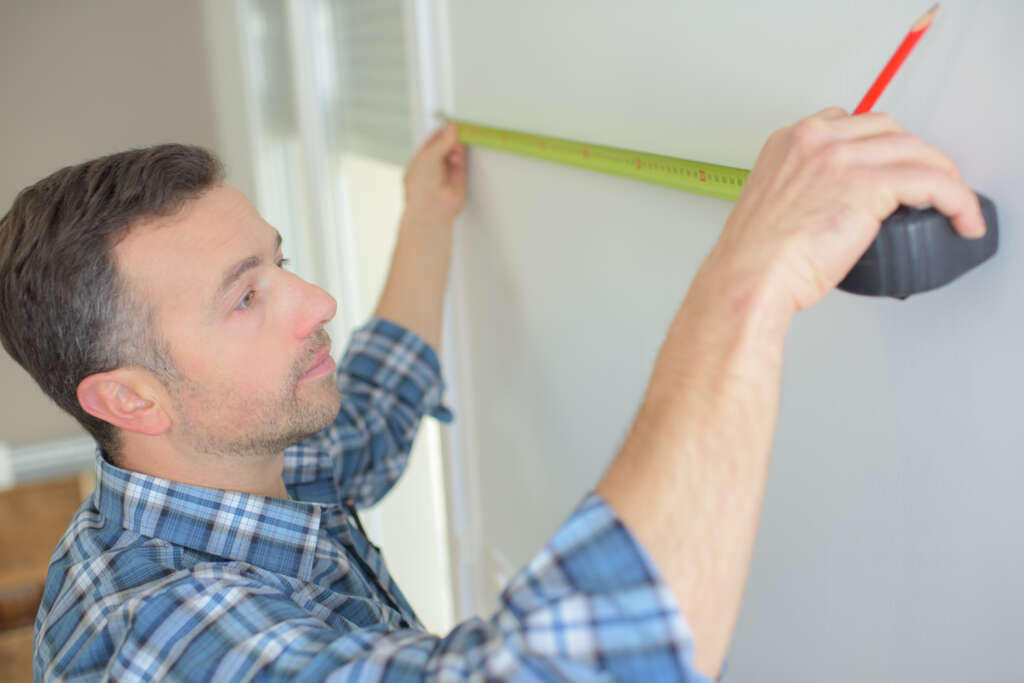Share This Article
Your roof takes a beating year after year, and when it’s time for replacement, you’re looking at a significant investment. Here’s how to fix this issue: choose materials that last longer and work harder for your money. The right roofing upgrade can slash energy bills, increase home value, and eliminate frequent repairs for decades.
Modern Materials That Actually Pay for Themselves
Architectural Asphalt Shingles
These aren’t your basic three-tab shingles. Architectural shingles cost about $100-150 per square (100 square feet) versus $70-90 for basic shingles, but they last 25-30 years instead of 15-20. They’re thicker, more wind-resistant, and come with better warranties.
Look for shingles with algae-resistant granules if you live in humid climates. This prevents those ugly black streaks that develop on cheaper shingles within a few years.
Metal Roofing Options
Standing seam metal roofing costs $400-700 per square installed, but here’s why it’s worth considering: 40-70 year lifespan, reflects heat to reduce cooling costs by 10-25%, and requires virtually zero maintenance. Metal roofs also increase home resale value by $1.20-1.70 for every dollar spent.
Corrugated metal panels offer similar benefits at $200-400 per square, making them more budget-friendly while still lasting 20-40 years.
Cool Roof Technology
Cool roof materials reflect more sunlight and absorb less heat than traditional materials. Cool roofing products can reduce roof surface temperatures by 50-60°F, cutting air conditioning costs significantly in hot climates.
Energy Efficiency Upgrades During Replacement
When contractors tear off old roofing, it’s the ideal time to upgrade attic insulation and ventilation. Adding blown-in insulation to R-38 or R-49 levels costs $1,500-2,500 but can reduce heating and cooling costs by 15-30%.
Install ridge vents along the roof peak and soffit vents under eaves to create continuous airflow. This prevents ice dams in winter and reduces attic temperatures in summer.
In hot climates, radiant barrier sheathing reflects heat away from your home. This upgrade adds about $500-800 to a roofing project but can reduce cooling costs by 5-10% annually.
Storm-Resistant Features Worth Adding
Class 4 impact-resistant shingles withstand golf ball-sized hail and qualify for insurance discounts in many areas. They cost 10-15% more than standard shingles but often pay for themselves through reduced premiums and fewer storm damage claims.
Proper installation matters as much as material choice. Six-nail installation instead of four-nail adds minimal cost but significantly improves wind resistance. Starter strips and proper flashing around penetrations prevent wind-driven rain damage.

Smart Timing for Maximum Savings
Schedule roofing work during late fall or early spring when contractors offer 10-20% discounts. Avoid summer and post-storm periods when demand drives prices up.
If you’re filing an insurance claim for storm damage, coordinate with your adjuster before choosing materials. Some policies cover full replacement cost for certain upgrade materials, while others only cover depreciated value.
Cost-Effective Upgrade Strategies
If your roof has localized damage but most areas are sound, consider replacing only the worst sections with upgraded materials. This stretches your budget while improving the most problematic areas first.
Some metal roofing systems can install over existing asphalt shingles, eliminating tear-off costs ($2-4 per square foot). This approach works best when existing shingles are in decent condition with only one layer present.
DIY vs. Professional Installation
Installing ridge vents, replacing individual damaged shingles, and adding attic insulation are manageable DIY projects. These improvements cost $200-800 in materials versus $1,000-2,500 professionally installed.
Full roof replacement, flashing work around chimneys and dormers, and structural repairs require professional expertise. Roofing work is dangerous, and mistakes can lead to expensive water damage.
Maintenance That Extends Any Roof’s Life
Check for loose or missing shingles, damaged flashing, and clogged gutters twice yearly. Catching small problems early prevents major repairs later.
Clean gutters prevent water backup that can damage roof edges and fascia boards. Install gutter guards to reduce maintenance frequency.
Keep tree branches at least 6 feet from your roof to prevent damage during storms and reduce debris accumulation.
Financing Smart Roofing Upgrades
Many utilities offer rebates for cool roof installations. Check with your local utility company for available programs that can offset 10-25% of upgrade costs.
Some energy-efficient roofing materials qualify for federal tax credits or local property tax exemptions. Research available incentives before making final material selections.
Return on Investment Reality Check
Premium roofing materials typically recover 60-80% of their cost in increased home value. Factor in energy savings, reduced maintenance, and longer lifespan when calculating total return on investment.
A well-planned roofing upgrade protects your biggest investment while reducing long-term ownership costs. Choose materials based on your climate, budget, and long-term plans for the home. The extra money spent on quality materials and proper installation pays dividends for decades.


